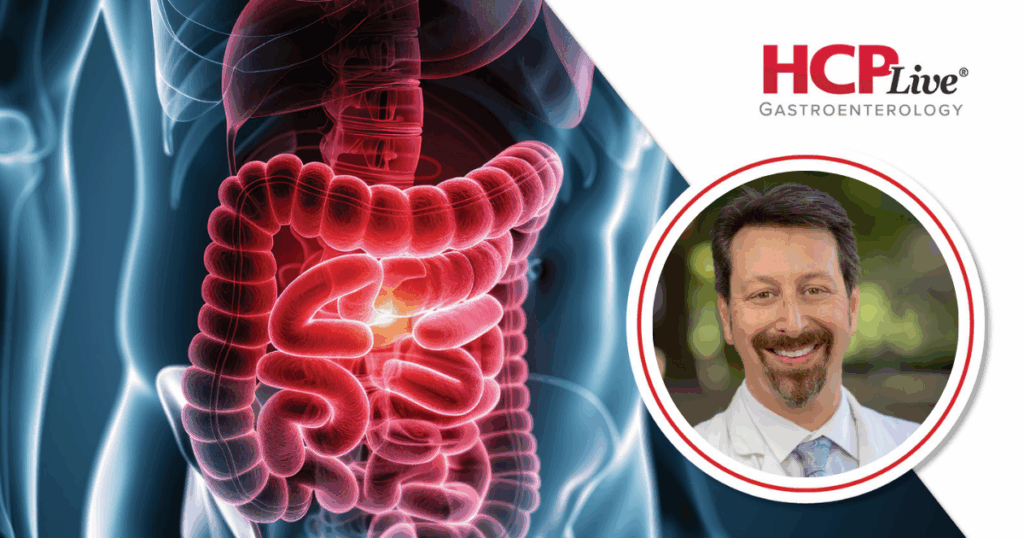
Recent findings presented at the American College of Gastroenterology’s (ACG) 2025 Annual Scientific Meeting highlight the effectiveness of dupilumab (Dupixent) in treating eosinophilic esophagitis (EoE). The data, shared by Evan Dellon, MD, MPH, a professor of medicine at the University of North Carolina School of Medicine, demonstrate significant improvements in patient symptoms, including dysphagia (difficulty swallowing) and odynophagia (painful swallowing), as well as notable reductions in disease-related endoscopic features.
The analysis involved data from a post-hoc study of the LIBERTY EoE TREET trial, which examined patients aged 12 and older treated with dupilumab or placebo over a period of 24 weeks. Following this initial treatment phase, participants continued receiving dupilumab for an additional 28 weeks, allowing researchers to assess longer-term outcomes.
At the 24-week mark, patients receiving dupilumab reported an average of 8.7 days without dysphagia compared to 5.5 days for those on placebo. The difference was statistically significant, with a P-value of <.0001. Similarly, the number of days without odynophagia was greater in the dupilumab group, averaging 10.1 days versus 6.8 days in the placebo cohort.
Dellon emphasized the practical significance of these findings, stating, “Over the 24 weeks, compared to placebo, the number of dysphagia-free days significantly increased with dupilumab treatment, and that’s a concept that I think is easy to convey to patients.”
Furthermore, by week 52, patients who transitioned from placebo to dupilumab experienced increased averages for both dysphagia and odynophagia-free days, showing 8.6 days and 8.9 days, respectively. Those who continued on dupilumab maintained even higher averages, with 9.4 days without dysphagia and 10.6 days without odynophagia.
The study also included data from the EoE KIDS trial, in which younger patients were randomized to receive either weight-tiered dupilumab or placebo for 16 weeks. Results showed similar improvements in dysphagia and odynophagia, further supporting the treatment’s efficacy across different age groups.
An important aspect of the research was the assessment of endoscopic findings through the Endoscopic Reference Score (EREFS), which calculates the severity of various esophageal features such as edema and strictures. Results indicated a significant reduction in the EREFS total score for patients treated with dupilumab compared to those receiving placebo. At weeks 16 and 24, the EREFS score was 1.5 for dupilumab versus 3.9 for placebo, also with a P-value of <.0001.
Dellon pointed out the importance of these endoscopic findings, stating, “This was looking at endoscopic findings and endoscopic severity, particularly as measured by the EREFS, and that’s actually something in the guidelines that’s been emphasized.”
In total, the pooled analysis included 159 patients treated with dupilumab and 152 patients receiving placebo, with baseline characteristics generally comparable between the two groups. The findings underscore the potential of dupilumab as a long-term treatment option for patients with EoE, providing both symptomatic relief and improvements in the disease’s underlying manifestations.
As the medical community continues to explore effective therapies for eosinophilic esophagitis, these latest results contribute valuable data to the evolving landscape of treatment options.







